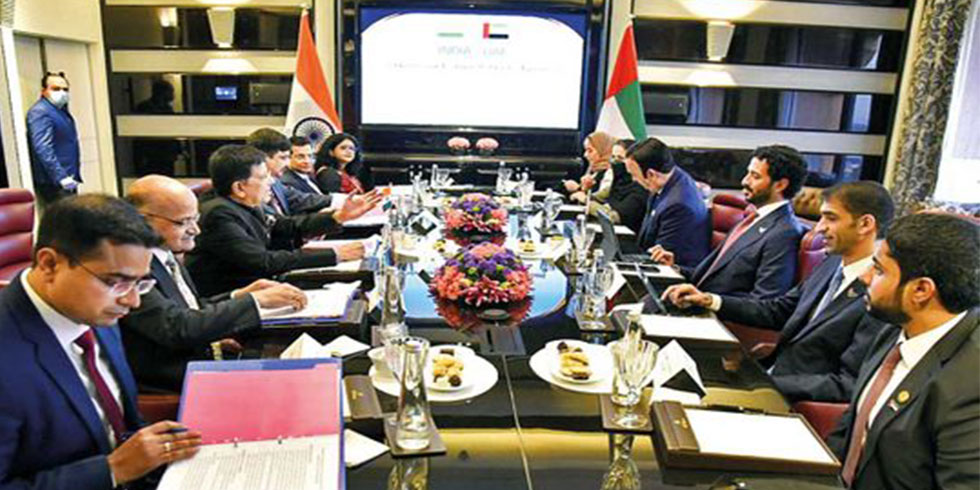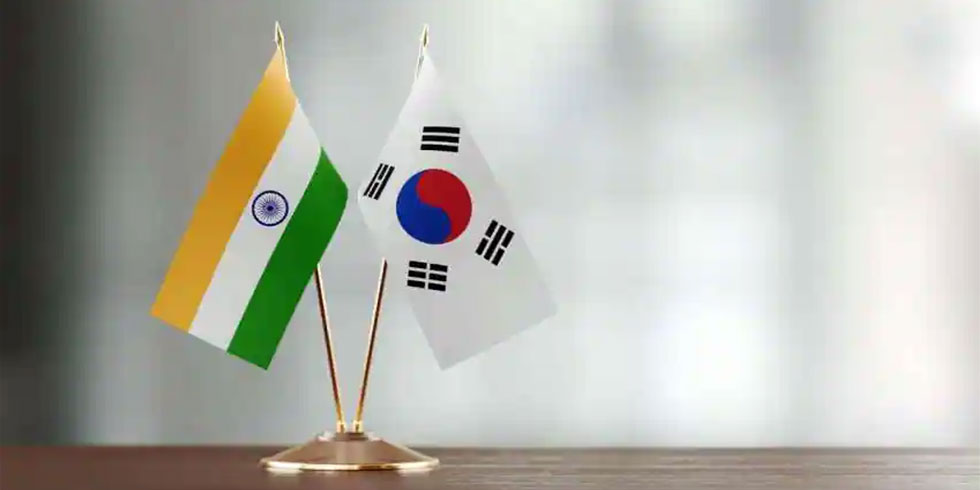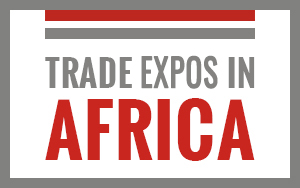"Both will go on to become middle-income nations and would have pulled hundreds of millions of people out of poverty," opines Gurcharan Das, referring to India and China. He has famously chronicled the economic rise of India through his bestselling books.
It is famously known that in AD 1700, India and China jointly accounted for almost half of the world’s GDP. Having received the full benefits of colonisation, their share had fallen to around five per cent a piece of global GDP by 1950. However, the recent growth of both Asian neighbours has been extraordinary, and it is commonly thought that if the trend is sustained, both economies could recapture their historic share of world GDP.
In 2004-2005, when India was growing at 7.5 per cent, Prime Minister Manmohan Singh’s government was praised by the International Monetary Fund (IMF), which stated, "Notwithstanding high world oil prices and a weak monsoon, the economy showed remarkable resilience in 2004-2005, with growth (at 7.5 per cent) remaining robust and becoming broaderbased."
Around the same time (starting in the early 2000s), there were slightly different sentiments about China’s even more impressive growth. Major trading partners, especially the USA and the EU, were becoming increasingly anxious about their "Made in China" worries. Organised labour, politicians and experts were blaming China for the loss of millions of manufacturing jobs, a currency which was impervious to appreciation, and a ginormous trade imbalance giving China a trade surplus of hundreds of millions of dollars.
Like China, exports have aided India’s economic growth, but with two notable differences — Indian exports have largely consisted of services (primarily IT), and the absence of huge surpluses with trading partners also meant less dependence on foreign markets in bad times. This problem came to light in the global financial crisis of 2008, when China’s exports fell for the first time since 1978.
Ironically, the "Communist" State had a head start over India with regard to economic reform and economic growth, both of which India hopes to catch up with, putting interminable (and normally unflattering) comparisons to rest. Deng Xiaopeng initiated economic reform in 1978, succeeding Mao and famously declaring that "to get rich is glorious", and by way of strategy offered, "let many flowers bloom".
These simplistic statements represented a profound shift in the established Chinese policy of denouncing wealth (well, capitalism, but often evils of capitalism do create wealth), and a proliferation of enterprises, not state-owned enterprises (SOEs) alone owned ultimately by the monolithic government in Beijing.
China’s population (962.6 million) and GDP (US $364.5 million), were both higher than India’s (667.3 million, and US$ 139.7 million), but the per capita income of both economies was comparable (US$ 1090 China vs 1160 India in 1991). When India liberalised its economy in 1991, Chinese GDP was already twice as large as India’s, and today, China’s GDP is almost US $18 trillion (in PPP terms), whereas India’s is over US $7 trillion.
Economic reform in China can broadly be classified into two stages: pre- and post-China’s accession to the World Trade Organisation (WTO). For three decades, China concentrated on strong, albeit insular, policies that drove staggering economic growth. Deng’s famous innovation of SEZs allowed China to tinker with FDI and capitalism, while confining the potential downsides to said SEZs, both geographically and politically.
China successfully reached out to its diaspora (initially from Hong Kong), as its earliest FDI investors — unlike India, which is still to truly leverage the full potential of a large and prolific diaspora.
China’s success with agricultural reform was congruent to India’s successful "Green Revolution", which was substantive in creating food security for hundreds of millions. Deng implemented "Decollectivisation", to help the disastrous farmers’ collectives, by allowing them to sell surplus produce in the open market through the "Household Responsibility" system.
This market incentive worked, and China’s agricultural output doubled over six years.
An intriguing by-product of the surplus earnings of farmers were the town and village enterprises (TVEs), essentially socialist organisations owned by local and provincial authorities to manufacture labour-intensive products. Eventually, 22 million TEVs grew 30 per cent annually, creating 140 million jobs.
Not everything worked per plan, though. The "One Child" policy, enforced with great zeal through fines, sterilisation, and worse, did halve the population growth to under one per cent, but has created a demographic worry of the "inverted pyramid". Juxtaposed with India’s demographic dividend, this threatens to emerge as a potential spoiler to the China story.
Deng tried a version of agricultural reform, the "Management Responsibility" system for SOEs (State Owned Enterprises), which controlled the market share and employment. Unlike agriculture, there wasn’t a comparable open market for industrial goods, nor were employee layoffs an option, so it fell upon Deng’s successor, Jiang Zemin to privatise SOEs. Intriguingly, India also undertook "disinvestment" of its PSUs around the same time.
China used a dual currency system to great effect between 1978 and 1997, with great success. There was the domestic yuan (renminbi) and the foreign exchange certificate (fixed at 10 to the dollar), which investors bought on the open swap market. Deng initiated efforts to join the WTO in the 1990s but some of these policies — and more grievously, China’s dismal human rights record — were a constant stumbling block. Though negotiations began under him, China failed to join the WTO under Deng.
China agreed to a swathe of reforms to gain WTO membership in 2001. These reforms were aimed at promoting free trade, facilitating foreign enterprises and making laws more transparent and predictable. Chinese growth really took off post WTO. Nominal GDP growth grew to 10-11 per cent, from the 8-9 per cent average of the previous two decades, commodity exports became more sophisticated than the earlier generation of labour-intensive products (toys, garments, etc.).
The common refrain is that Singapore could achieve growth because of its small size, and China due to an autocratic structure. On the flip side, India has strengths and weaknesses that neither of these countries have to the same degree. While appreciating that every country is unique and accepting that India has seen its share of missed chances, the US $20 trillion target does seem within reach.
China attained its spectacular growth by using the three drivers of growth — capital, labour, and total factor of productivity — to great effect. Going forward, the means employed to achieve growth will produce diminishing returns (as economists would say).
Massive governmental spending no longer sustains competitiveness, especially as demographics and rising labour rates chip away at price arbitrage. Technological and institutional reform could possibly pave the road to sustained growth, but as the recent economic slowdown demonstrates, it is difficult to shrug off economic sluggishness.
In contrast, India’s demographic dividend and effective institutions will increase productivity (for example, through capital allocation through banks that are not corrupt). The government will continue to create conditions to attract FDI (as against China’s internal stimulus through spending), and by extrapolation, attract investment from Indian companies, which have been accumulating capital over the last couple of decades.
It is almost a given that India will grow, because capital formation has been increasing over time (that is, not entirely dependent on foreign capital), we have inherited robust institutions (of financial governance and regulation), and a burgeoning home market. But India needs to solve some big issues — labour reform (so people hire more, and women participate more); judicial backlog; corruption; banking the unbanked; maintaining peaceful borders; ensuring ease of business for Indian and foreign businesses. Not an exhaustive list, but perhaps an overly simplified one.
One intriguing development is that as India tries to emulate the manufacturing-led Chinese growth model, China has now declared it wants to move away from investment and manufacturing-led growth, to a model based on services and consumption — very much the India model since the 1990s.
It is often said of governments that bold decisions are made only in a crisis, or when a bold person is at the helm. India’s radical liberalisation of the economy was the outcome of a dire economic crisis8 in 1991 (and stipulated by the IMF).
Mr Analjit Singh, who had a ringside view (as founder of Max Telecom), of India’s legendary leapfrogging of copper wires and into mobile telephony, opines that leapfogging is possible in whatever is more technically or mechanically driven, and requires minimal human interface, bias, interpretation, or regulation. But he also credits the leapfrogging to Sukhram, the telecom minister of the day as the only one person responsible for the telecom revolution.
Mr Singh, chairman emeritus of the US $2 billion Max Group, also warns of how far success stories can slide. "Telecom was the golden goose of this country, and now, since A Raja’s time, it’s become an untouchable, and a few other sectors are also becoming so," he cautions.
Experienced and accomplished businessmen like Mr Singh often cite the Singapore government as an enabler of business. And looking at the example of its first Prime Minister Lee Kuan Yew and how Singapore was able to turn around the business climate of the small nation before World Bank’s "ease of doing business" rankings became a catchphrase, they allow themselves to be optimistic.
Mr Singh believes we could be in one of these inflection points. "Our PM is very bold, and as the leader is giving right messages, there’s criticism around: 'Should the PM talk about clean toilets, or using unused infrastructure after 1pm for vocational training?' — Yes! He should," he asserts.
The prevailing omens — economic indicators, political stability, bold leadership and favourable demographics — would indicate that India should be growing at a much faster rate than China. So in some ways, the real question India faces is: How do we ensure we don’t mess it up?















Add Comment